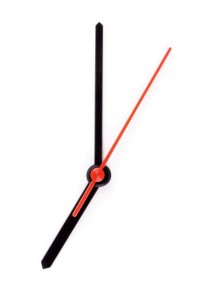
A couple of thoughts on why Buffer has worked for me.
I read and collect at odd hours. Scheduling allows me to see to it that my links go out at times when those listening can benefit from some of the cool stuff I find.
I can pace my posts. It’s not polite to hog the stream with hammer tweets (medical meetings and tweetchats as the unavoidable exceptions). So this allows me to pace and work with the rhythm of my community. And certain things work well on certain days and certain times.
I’m there all the time. I spend a lot of time using Twitter but most of this time is spent listening. I don’t share as much as others. That’s because I think there are few things worth sharing. What I’m saying is that I’m in the stream alot despite Buffer’s help. And many things I find are still shared in real time.
Curation is different from conversation. This is why the ‘mannequin at the cocktail party’ analogy doesn’t hold: What I share is very different from the comments, pings, corny emoticon smiley faces/winks and RTs that make up a growing chunk of my activity. Curation can be set to something of a rhythm, my connection and engagement with those around me…never. Links are rarely dependent on context; conversation is context-dependent.
I can understand what works. Buffer offers basic analytics on my activity which has helped me understand Twitter in ways that I could only imagine. Bitly and Buffer are besties so the combination is killer.
I would recommend Buffer to anyone intent on using Twitter as a functional tool. It’s clean, intuitive and powerful. And it always works.
So let’s open up the microphones. Is Buffer something you would use?